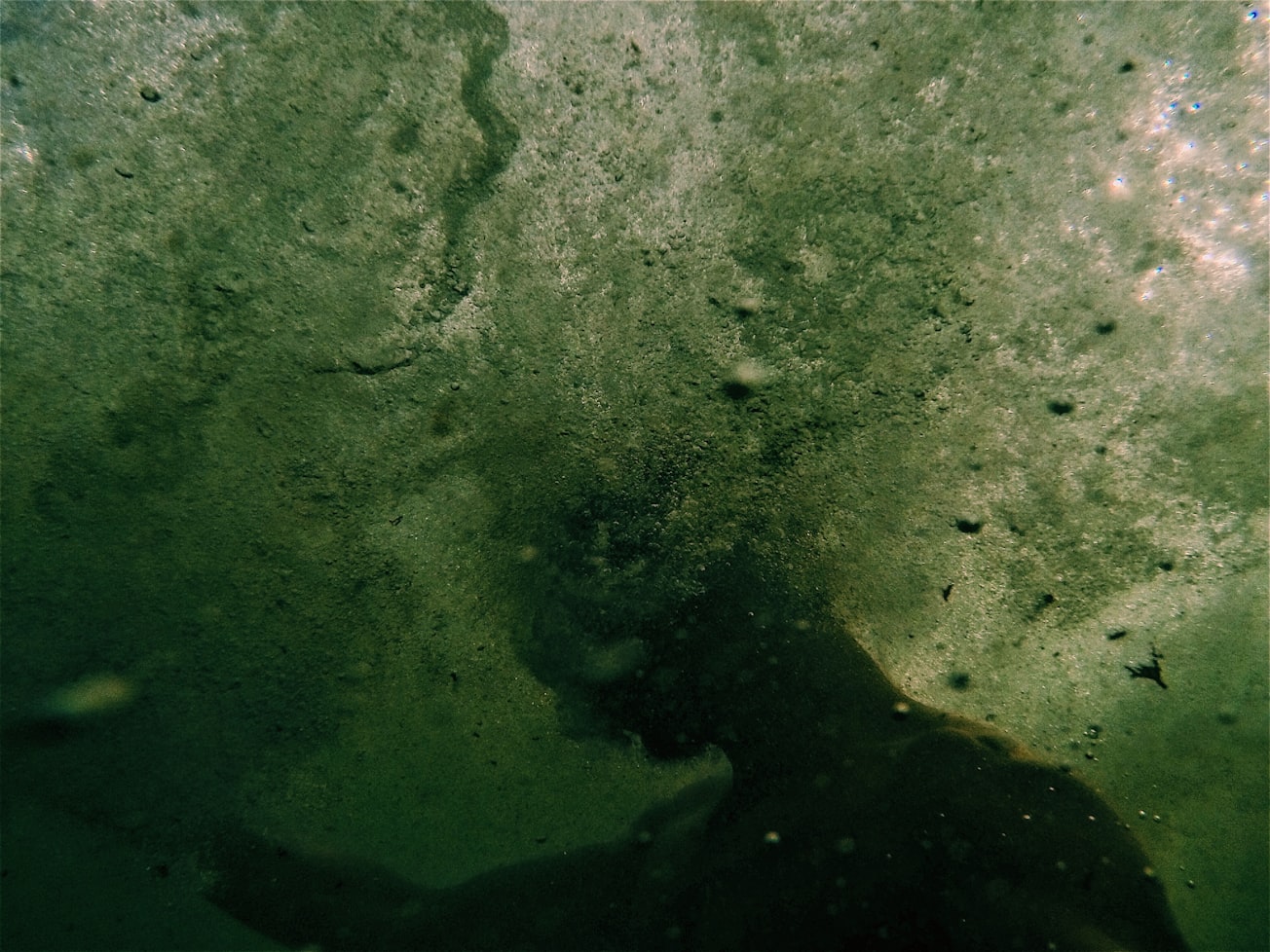What is it about?
Blooms of filamentous cyanobacteria produce hepatotoxins (nodularin and microcystin) that are potentially harmful to animals and humans. We study how cyanobacterial biomass is transferred to zooplankton during summer and how these animals respond to the inflow of this food that is high in both hepatotoxins and nutritionally important compounds.
Featured Image

Photo by Bash Fish on Unsplash
Why is it important?
Cyanobacteria are usually perceived as a nuisance component of an ecosystem. At the same time, these cyanobacteria are a valuable food source at least for some planktonic animals, because they circumvent summer nitrogen limitation by fixing dissolved nitrogen and generate a supply of nitrogen-rich food. Such blooms are well known in tropical oceans and in freshwater lakes around the world. The prevailing view is that the blooms are a nuisance at best and harmful at worst. To decrease eutrophication and cyanobacteria blooms, large efforts are being made to reduce nutrient inputs into the Baltic Sea. Today, these nutrient management decisions are based on the assumption that production of filamentous toxin-producing cyanobacteria cannot be efficiently utilized by grazers and thus do not contribute to fish production. The evidence is, however, accumulating that these cyanobacteria are eaten by many microscopic but even larger animals, often with beneficial effects on their growth. In line with this, field studies show that organic matter produced by these cyanobacteria are incorporated by aquatic food webs, challenging the view that cyanobacteria do not contribute to fish production. Our study provides strong evidence that cyanobacterial nitrogen is efficiently assimilated and transferred in Baltic food webs. It is important to couple the ongoing efforts to manage nutrients and fishing in the Baltic Sea to resulting changes in fish feeding conditions if we are to understand the implications of our actions for the productivity of pelagic and benthic communities that governs fish production.
Perspectives
The main challenge for management of cyanobacteria blooms in the Baltic Sea is to establish ecological threshold levels for the occurrence of the dominant cyanobacteria, where the beneficial effects on secondary and tertiary productivity override detrimental effects on growth and reproduction of pelagic and benthic animals as well as negative effects on tourism and recreation. Quantifying the contribution of cyanobacterial blooms to the production of zooplankton, benthos, and fish is critical for determining these thresholds.
Elena Gorokhova
Stockholm University
Read the Original
This page is a summary of: Grazing on cyanobacteria and transfer of diazotrophic nitrogen to zooplankton in the Baltic Sea, Limnology and Oceanography, September 2017, Wiley,
DOI: 10.1002/lno.10659.
You can read the full text:
Contributors
The following have contributed to this page







